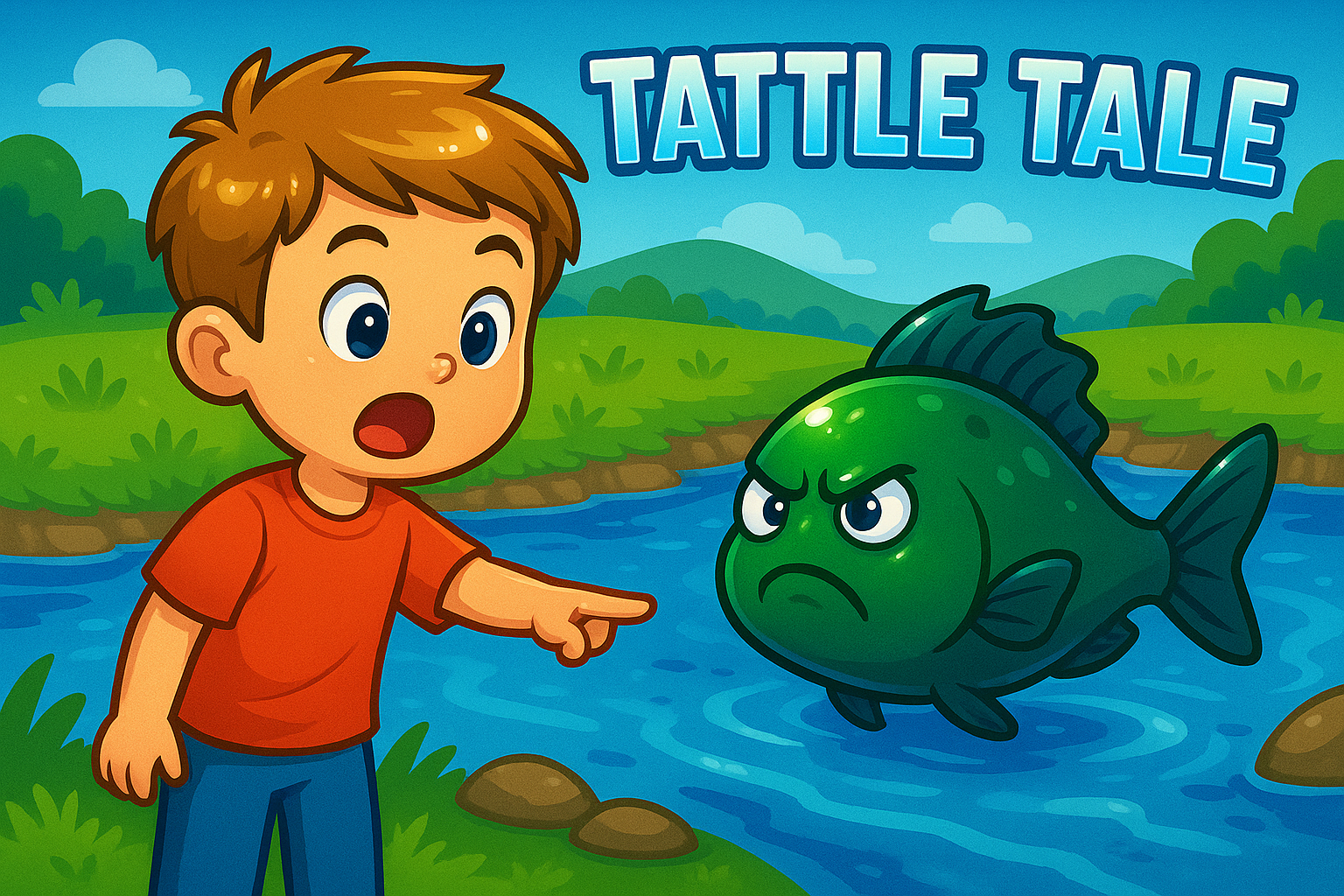Hobbyists in Citizen Science: Tracking Invasive Fish
🐟 Hobbyists in Citizen Science: Tracking Invasive Fish
🔍 1. Early Detection & Rapid Response (EDRR)
- 🌱 Why it matters: Most invasions succeed because they go unnoticed until the population is too large to control.
- 👀 Hobbyists’ advantage: Fishkeepers are trained to notice small details (color morphs, unusual behavior, non-native body shapes).
- 🧩 Contribution: Reporting a single unusual fish (e.g., a peacock bass in a neighborhood pond) can trigger rapid containment before the species spreads.
- 🧪 Case study: Early sightings of lionfish in Florida waters were logged by divers and hobbyists — this accelerated official recognition of their spread.
📸 2. Accurate Identification & Documentation
- 📷 Photography: Clear photos of body shape, fins, and markings allow experts to verify ID.
- 🎣 Handling tips: Hobbyists can net or temporarily hold small fish to get diagnostic photos (without harming them).
- 🔬 Why hobbyists excel: They already know how to distinguish between species that look similar (e.g., different pleco species).
- 📊 Data value: Verified IDs prevent “false alarms” and give agencies confidence in hobbyist reports.
📱 3. Reporting Pathways
Hobbyists should use structured reporting tools so data enters scientific databases:
- 🌐 iNaturalist → crowd-sourced IDs, widely used by researchers.
- 📲 EDDMapS (Early Detection & Distribution Mapping System) → U.S. invasive species records, used by state/federal agencies.
- 🐊 FWC (Florida Fish & Wildlife Conservation Commission) → has hotlines & online portals for invasive fish sightings.
- 📍 Reports should include:
- Date & time
- GPS coordinates or map location
- Photo/video evidence
- Habitat notes (canal, lake, retention pond, spring, etc.)
- Number of individuals
🧬 4. Beyond Sightings – Collecting Ecological Data
- 📊 Hobbyists can help gather ecological context that professionals often miss:
- 🌊 Water parameters (pH, hardness, temp, salinity).
- 🐟 Behavior (breeding, nesting, feeding).
- 🧩 Population estimates (juveniles vs. adults).
- 🧪 With training, some hobbyists can collect fin clips, scales, or tissue samples for genetic confirmation.
- 🧭 This data helps scientists model spread risk and design control strategies.
🌱 5. Education & Prevention
- 🗣️ Hobbyists are trusted voices in the aquarium community. They can:
- 🚫 Advocate against releasing unwanted fish into the wild.
- ✅ Promote re-homing programs (club swaps, store take-backs, adoption networks).
- 📚 Share knowledge at club meetings, schools, or online forums.
- 🐟 Example: A hobbyist club could run a campaign “Don’t Dump Your Fish — Report Them” to redirect problem fish into proper channels instead of Florida canals.
⚖️ 6. Amplifying Scientific Monitoring
- 🐠 Agencies have limited staff → can’t survey all waterways.
- 🏞️ Hobbyists live near lakes, canals, rivers where invasives first appear.
- 🌍 A coordinated hobbyist network creates a “living map” of invasive distributions in real time.
- 🛰️ Reports can even be linked to GIS mapping tools to track spread.
🚧 7. Challenges to Address
- 🔎 Misidentification risk: Some species look similar (e.g., juvenile native sunfish vs. cichlids). Training & photo verification help.
- 📉 Reporting fatigue: Hobbyists may stop reporting if they don’t get feedback — agencies should close the loop with updates.
- ⚠️ Handling safety: Some invasives (lionfish, catfish, electric fish) can sting or bite. Guidance on safe photography/reporting without capture is key.
- 🧩 Trust barrier: Some hobbyists fear being “blamed” if authorities think they released fish. Citizen science programs must stress non-punitive reporting.
📊 Role Summary
| Role 🐠 | Hobbyist Contribution | Scientific Benefit |
|---|---|---|
| 👀 Spotter | Notice unusual fish early | Early detection before spread |
| 📷 Documenter | Photos & habitat notes | Verified IDs for databases |
| 📱 Reporter | Use apps/hotlines | Data enters official records |
| 🧬 Data helper | Water quality, abundance, samples | Informs spread models & control |
| 🗣️ Educator | Outreach to other hobbyists | Prevents future releases |
✅ Final Takeaway
Aquarium hobbyists can serve as the first line of defense against invasive fish in Florida and beyond. By:
- 👀 Observing carefully,
- 📸 Documenting with photos,
- 📱 Reporting through official channels,
- 📊 Adding ecological context, and
- 🗣️ Educating others,
they transform from passive observers into active contributors to science and conservation.

Impulsada por Lightspeed
Mostrar precios en:USD